7 things I wish I knew before my first open water swim event
Thinking about entering an open water swim but feeling a bit out of your depth? Read on for our insider tips on how to make the most of it…
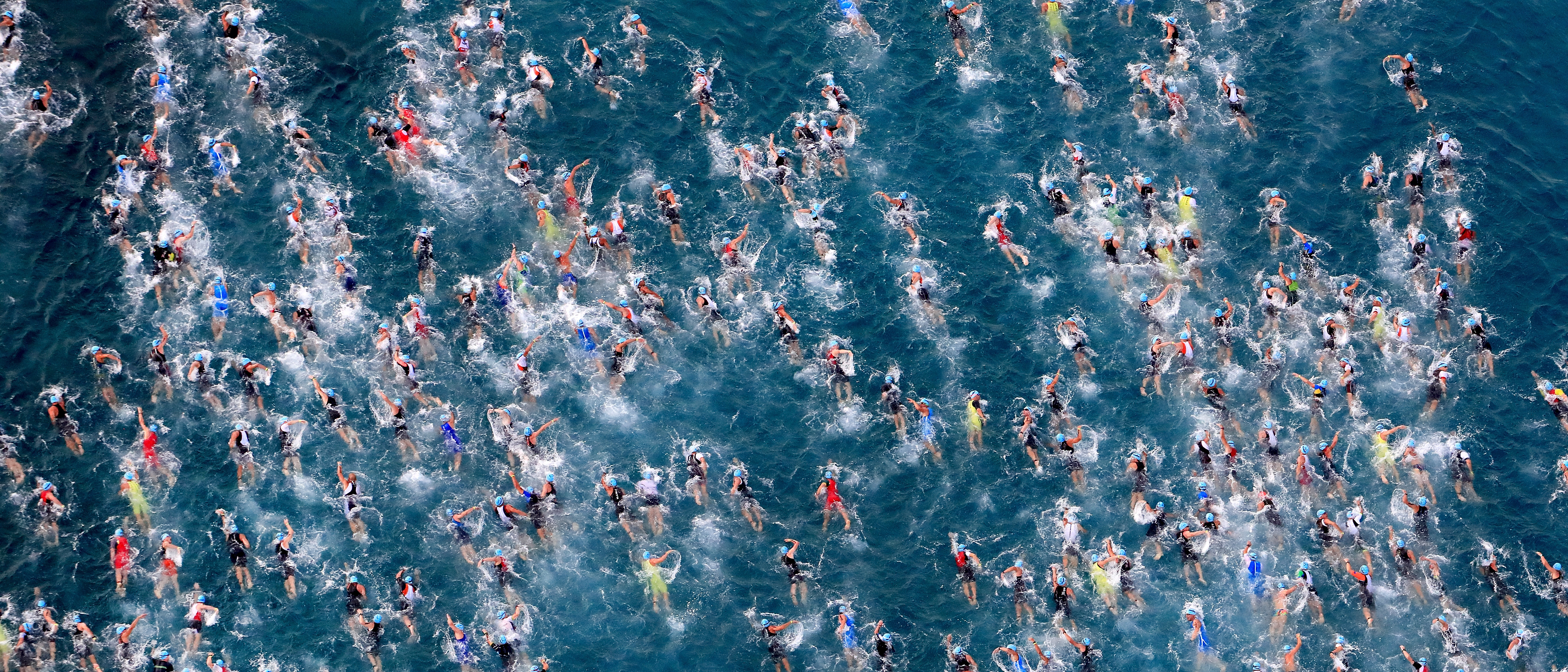
If you love wild swimming, chances are you've thought about entering an open water event. Maybe you've already signed up for one and are well into your training and feeling confident in your abilities.
Training on its own will only get you so far though. There are some useful things to know that only come from experience. So read on and get ahead of the pack, with some extra help from an open water veteran...
1. Don’t get rubbed up the wrong way
Unless you’re incredibly lucky, if you swim any kind of distance in a wetsuit, no matter how well fitted it is, it will rub. I learned this the hard way the first time I did the Bantham Swoosh, which is a 6km swim along a brackish river. The combination of the salty water and more than 4 miles of repeated movements took several layers of skin off the back of my neck that took weeks to heal.
In the water you won’t necessarily feel your wetsuit or swimsuit rubbing. The cold water reduces the sensitivity of your skin and so you won’t know about the damage until it’s too late. Now when I swim events I apply a very thick layer of Body Glide around the neck, crotch and armpits before I zip my wetsuit up. Once it’s on, I add more around the neck just to be safe.
If you find your wetsuit zip is part of the chafing problem, consider wearing a neoprene vest under your wetsuit. It’ll add warmth to your core, and protect your neck even more.
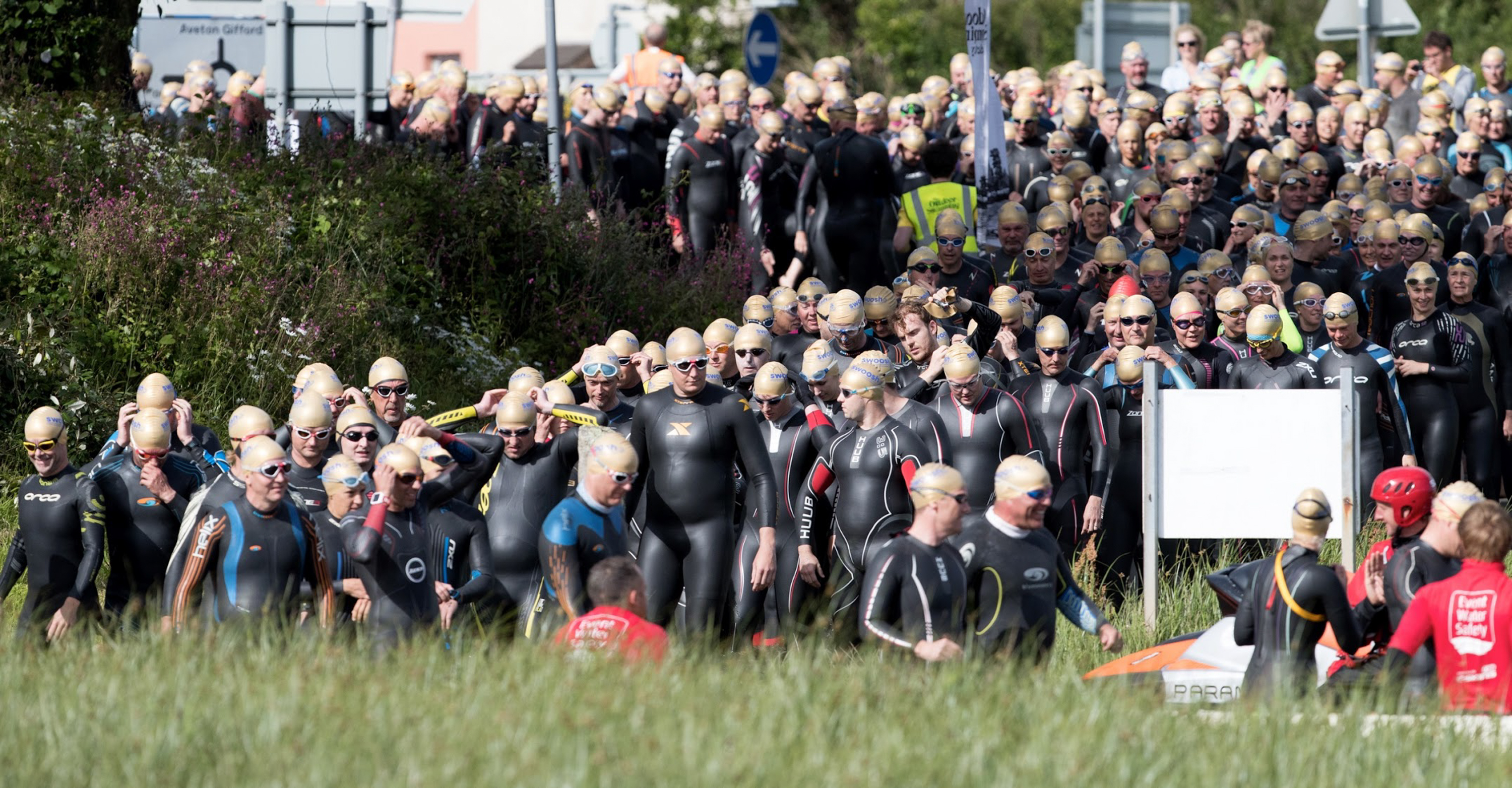
2. Don't let the start put you off
If you’ve been training in a lake or a river, chances are it won’t have been that busy. And even if it was, at open water training spaces swimmers generally try to give each other room . If someone wants to pass you you’ll hopefully get a friendly tap on the foot to let you know.
An open water swim start couldn’t be more different. Whether you’re facing the swim section of a competitive triathlon, or just a fun event, the experience is usually the same - every man for himself! Don’t take it personally if you get swum over, or take an elbow to the side of the head. It happens, and the most important thing is to recover and not let it put you off your stroke.
Advnture Newsletter
All the latest inspiration, tips and guides to help you plan your next Advnture!
If you’re swimming an event you would usually swim freestyle (aka crawl), but if it all feels too much, remember that you don’t have to keep your face in the whole time. Switch to breaststroke or pause for a minute and let people pass you until the water is calmer. Taking time out may prompt concern from any safety crew - usually kayakers monitor swim event safety on the water itself - so be prepared to reassure them that you’re OK.
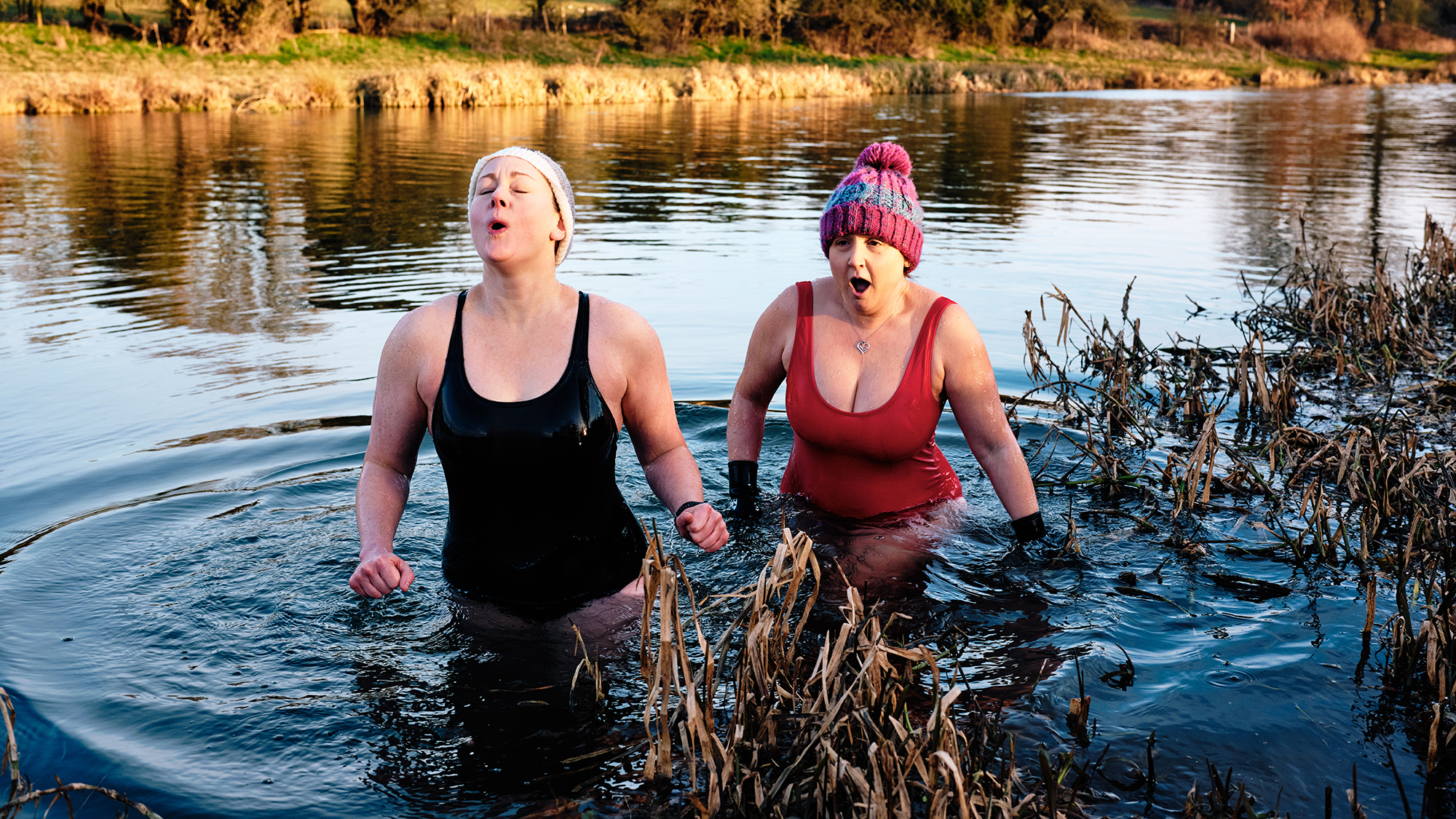
3. The more cold water tolerance you have, the better
If you’re serious about learning how to stay safe in open water then you’ll know that one of the best things you can do when you get in cold water is to give yourself a few minutes to get used to it. For my first ever open water event eight years ago we had the chance to swim briefly in a cordoned off area before the swim start proper.
That was very much a one-off though, and ever since then for each event I’ve done it’s very much been a case of wading in and starting swimming. This makes it doubly important to work on cold water acclimatization in the months leading up to the swim, as the water is likely to be colder then. If you can handle swimming in water that’s 15°C / 59°F then getting in and swimming straight away at an event that’s got 19°C / 66°F water should feel much more bearable.
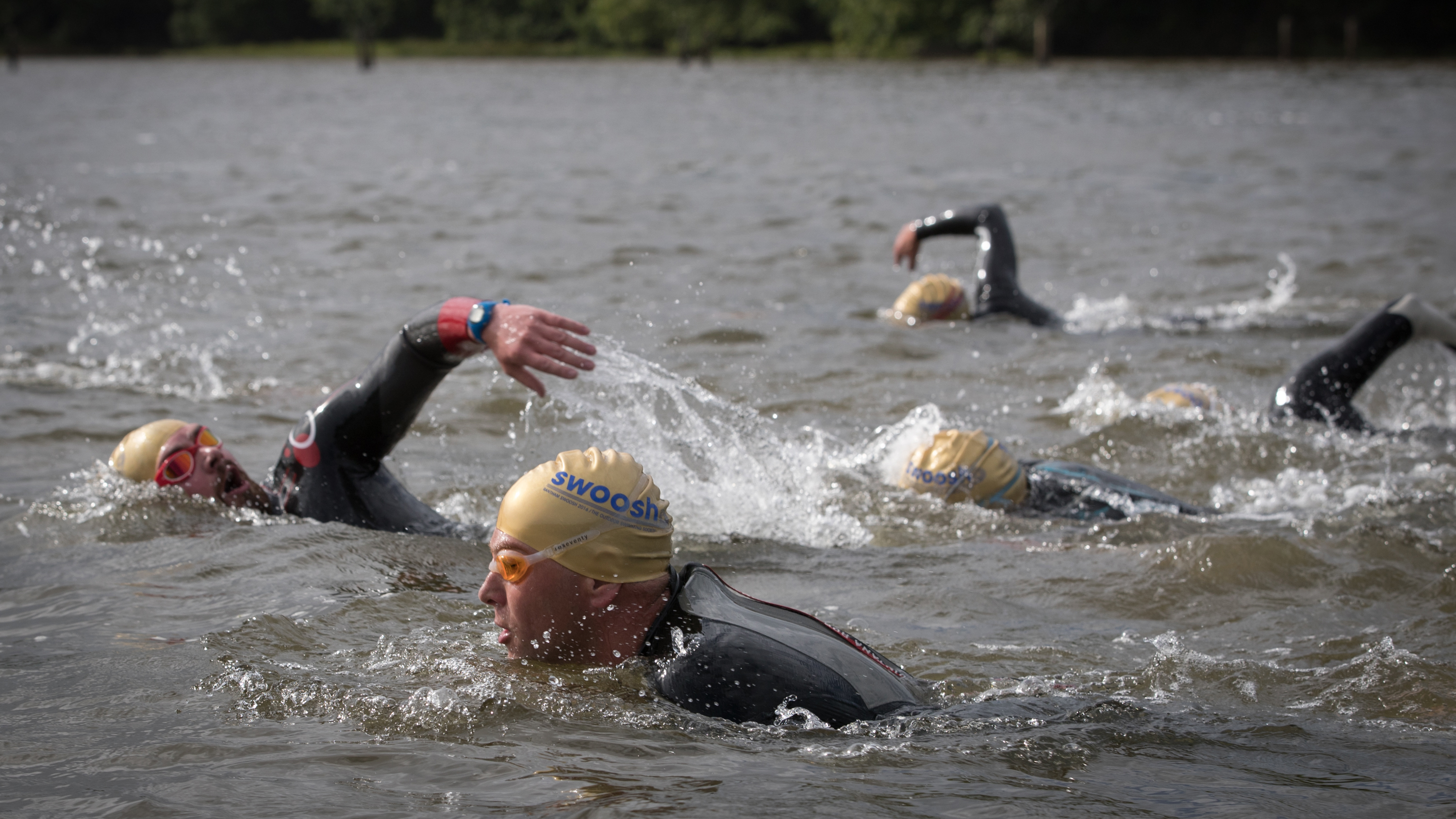
4. Think twice about drafting
In swimming, just like cycling, drafting behind someone just ahead of you can actually speed you up. It’s a bit of a fine art, and definitely worth practicing in a pool with a friend who doesn’t mind having you (literally) on your heels. However, swimming with the main pack can feel like being caught in a washing machine’s spin cycle and make it difficult to do this properly.
The sheer number of rotating arms and kicking legs can really churn up the water, making it hard to see where you’re going. Learning how to sight in open water can help minimise this issue (spoiler; you really don’t need to lift your whole head out), but sometimes it’s better to steer clear of the pack altogether. If you can draft a couple of swimmers, great, but if you’re finding it all a bit too stressful, hang back for a second or two so that you’re not stuck in the melee.
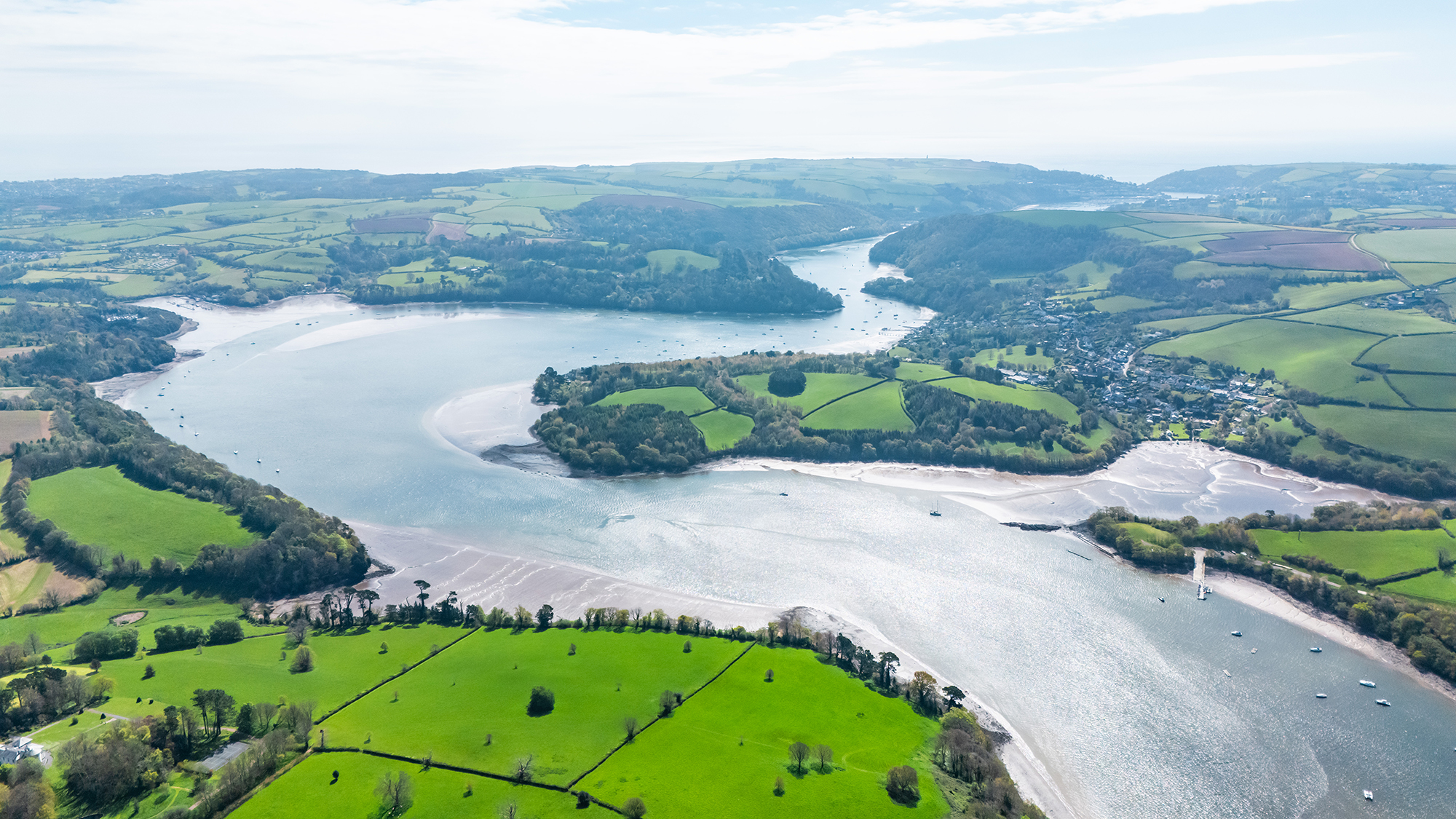
5. The shortest route isn't always the best
Whether you’re swimming a river or lake event, it may seem like the most obvious thing to do is swim the shortest distance possible, hugging any buoys and following the tightest bends in the river. However, there’s something else to consider - currents. The fastest route along a meandering river isn’t the shortest, it’s the deepest. And you’ll find this point on the outer part of bends, not the inner, as this is where the riverbed will be most eroded and the water is moving the fastest.
So, to swim down a snaking river and stay in this path (known, curiously, as the thalweg), you’ll need to remember to keep aiming for the outer part of any bends. This requires a certain level of confidence with sighting, and remembering to check behind you when moving from one bank to the other as the river twists and turns, so that you don’t accidentally swim across someone’s path.
If switching from one side to the other on each turn feels like too much, then aim roughly for the center path and stay away from the banks. You won’t be as fast, but it’s a simpler approach for beginners.
5. A watch is essential
Any kind of major event these days will provide swimmers with a timing chip, usually worn around the ankle. It’s a way to track your performance and compare your finish time with others taking part. But timing chips can get lost, and then you have no way of knowing how you fared on the day.
Wearing a watch isn’t just about tracking your overall speed though. It’s also important to help you pace yourself, and time any feeds you want to make (see below). The best GPS watches will also be able to show you your exact route on the day, giving you a starting point for improving next time as you invariably stray off course at certain points.
6. You'll need food and hydration for longer events
The first time I trained in a pool with my partner he looked at the large water bottle I placed on the side next to my tow float and said,“Why do you need THAT?!”
Most people don’t realise that swimmers sweat while training. If you’re getting breathless and tired swimming then you will have been sweating, even if you can’t feel it. There are some extra factors here. You will sweat less in cold water than in warm, and you’ll almost certainly sweat less overall than someone running the same distance. But sweat you will and you need to replace that lost liquid somehow. If you’re swimming longer than about an hour you will also run out of easily accessible glycogen in your muscles, leading to the dreaded ‘bonk’, where you suddenly feel like you’ve lost all your energy.
Some longer events will have feed stations, offering water, energy drinks and jelly babies. But many do not. If that’s the case, energy gels are probably your best bet, both for hydration and quick release carbs. They can be stuffed down the front or cuff of a wetsuit - just make sure you dispose of the wrappers properly at the end of the event. And don’t wait until you’re hitting the wall before having your first one. A gel every 35 to 45 minutes, depending on how hard you’re working, should see you right.
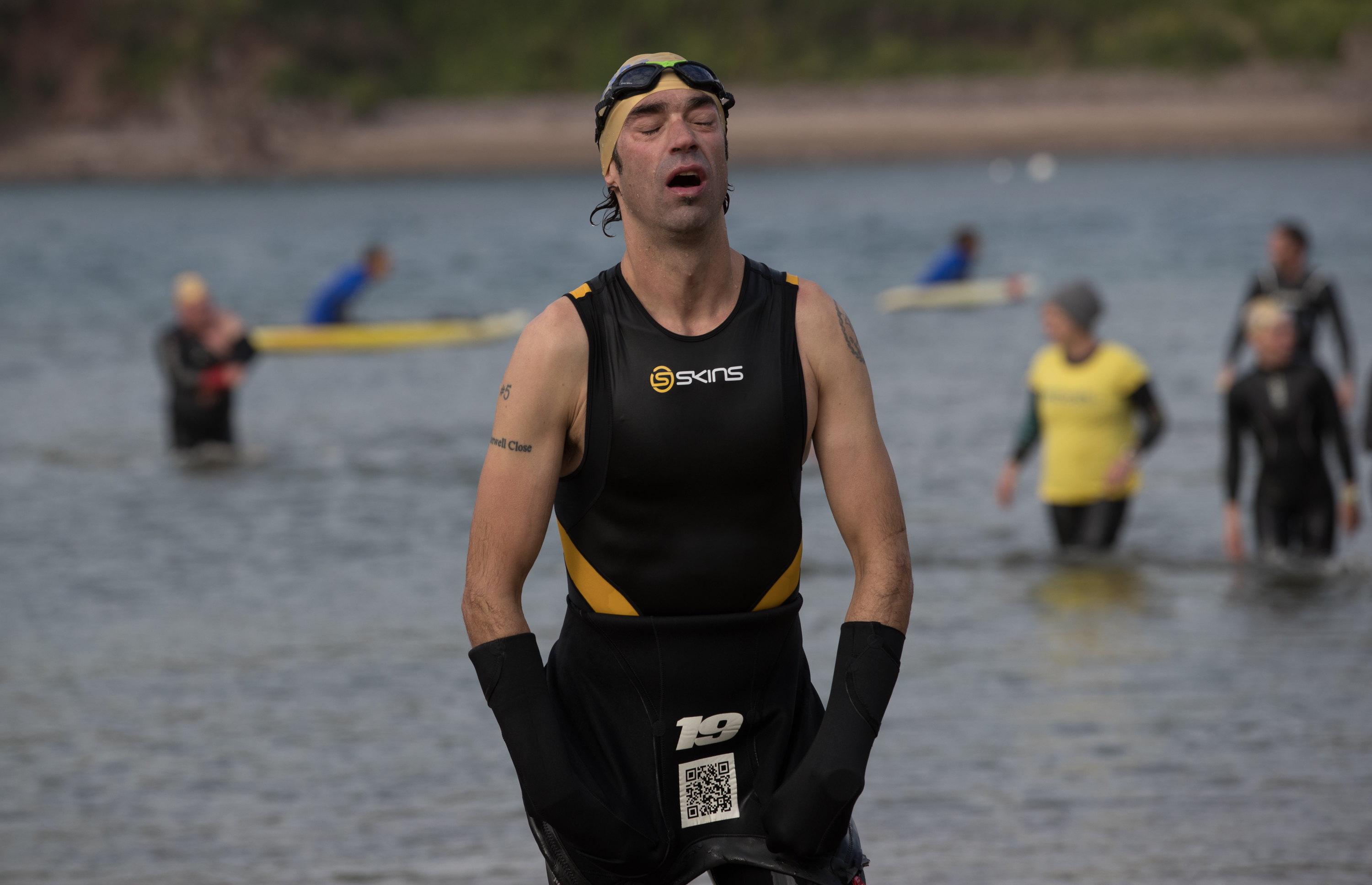
7. You’ll forget how hard it is pretty quickly
The first time I swam the Dart 10k I stepped into the chilly water and immediately questioned my life choices. I had swum other long distance events already that season and knew that, in theory anyway, I was ready. But knowing you can swim six miles and actually doing it in very cold water are two different things. Still, with my partner and son watching from the bank and cheering me on, I couldn’t exactly turn back.
Fast forward two hours, and I arrived at the final feed station, with 8km behind me. A swimmer next to me was shivering hard from the cold and saying she couldn’t go on. I had felt mostly ok until that point, but the encounter shook my confidence and I questioned whether I could make it either. I took a deep breath, let go of the raft and let the current carry me.
As I swam round the final bend (notably NOT following the thalweg because I didn’t know any better) I asked one of the kayakers how far the finish point was. "A couple of hundred meters", he casually lied. And so began what felt like an endless slog to the end, more like 500 meters / 546 yds away. I was utterly exhausted and the harbor dock I was aiming for seemed to come no further. After what seemed like an eternity, I dragged myself up the muddy shore and said a silent prayer to the river gods. Somehow I’d made it. I would never do something so stupid again. Why would I put my through it?
Yes, you guessed it. I signed up for another event about a month later!
- How to stay safe in open water: wild swimming for beginners
- The best wild swimming spots: find the perfect place to take the plunge near you
- The best wild swimming gear: what to wear and what to take
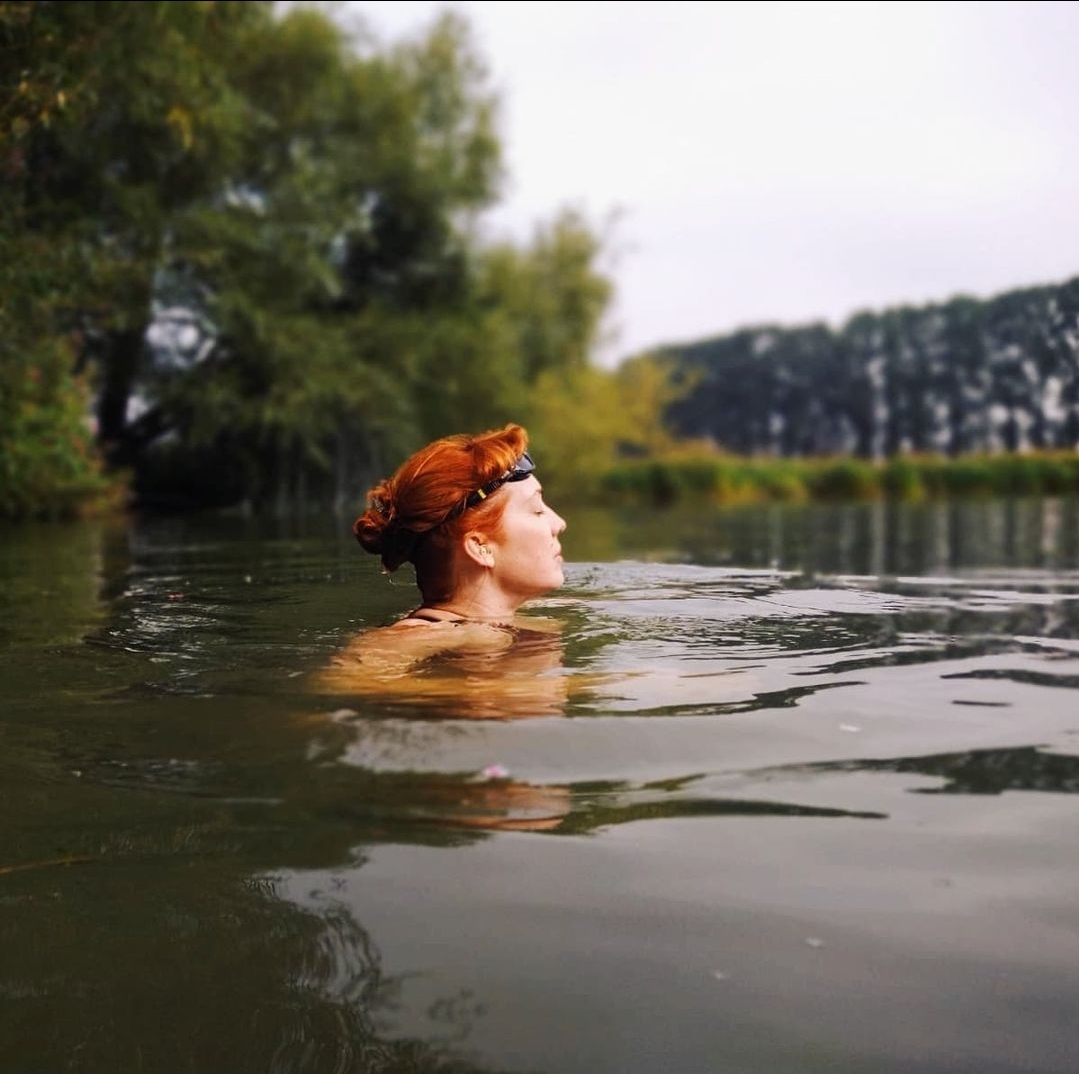
Rosee Woodland developed a taste for adventure at a young age, growing up in a home where camping was the default holiday, and good weather was a vacation bonus rather than a necessity. After bike-packing the length of France in her mid teens with her family, she started to undertake solo forays in her 20s, usually without the benefit of much technical gear at all. Happily, the years she later spent as a mountain biking journalist eventually gave her an appreciation of decent kit! These days she loves a water-based adventure, and is an outdoor swim coach, and a keen free diver. She has a soft spot for Northern Ireland's Mourne mountains, and can also be found hiking and kayaking in Pembrokeshire and the South West of the UK.
